To understand what causes hearing loss, whether it is hearing loss in older adults or in infants, it is important to first familiarize ourselves with the anatomy of the ear and learn how our brain interprets the sound from our ears to help us hear.
Learn About Hearing Loss: How Do We Hear?
Our ear has three parts: the outer ear, middle ear, and inner ear. Each part of the ear has a different job; yet when combined, they help to change sound vibrations into a signal that can be understood by the brain. The brain then converts the signal into meaningful information.
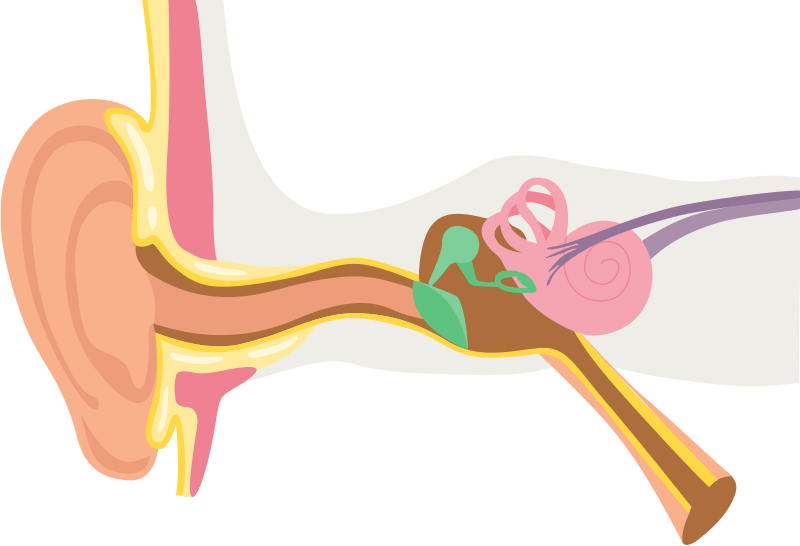
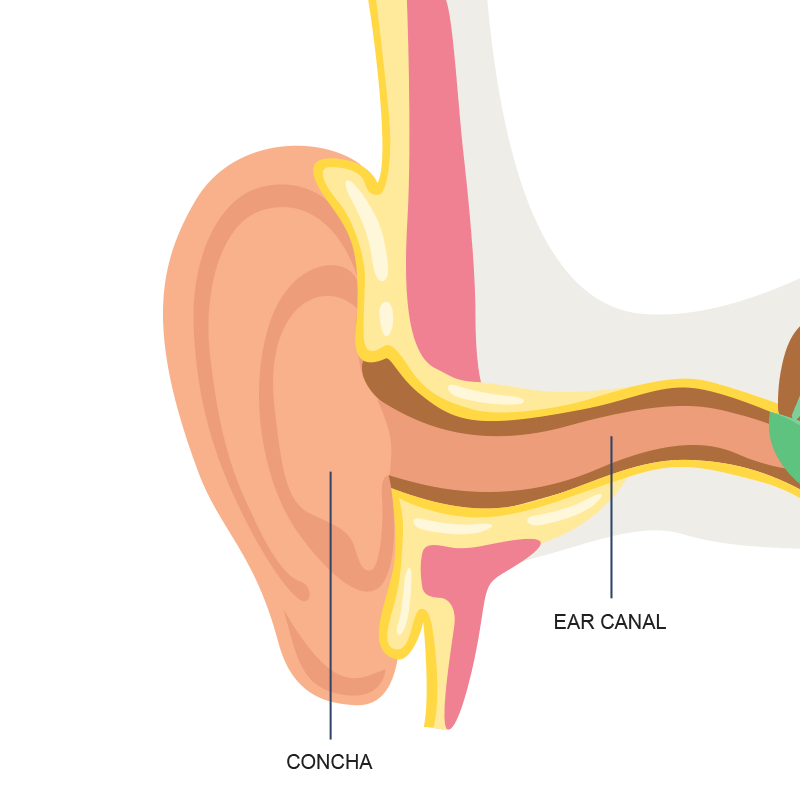
The Outer Ear: Captures What You Hear
The outer portion of the ear is cupped so it can capture the sound vibrations in the air. These vibrations travel through the outer ear canal and collide with the eardrum, causing the eardrum to vibrate. This is the first step to hearing.
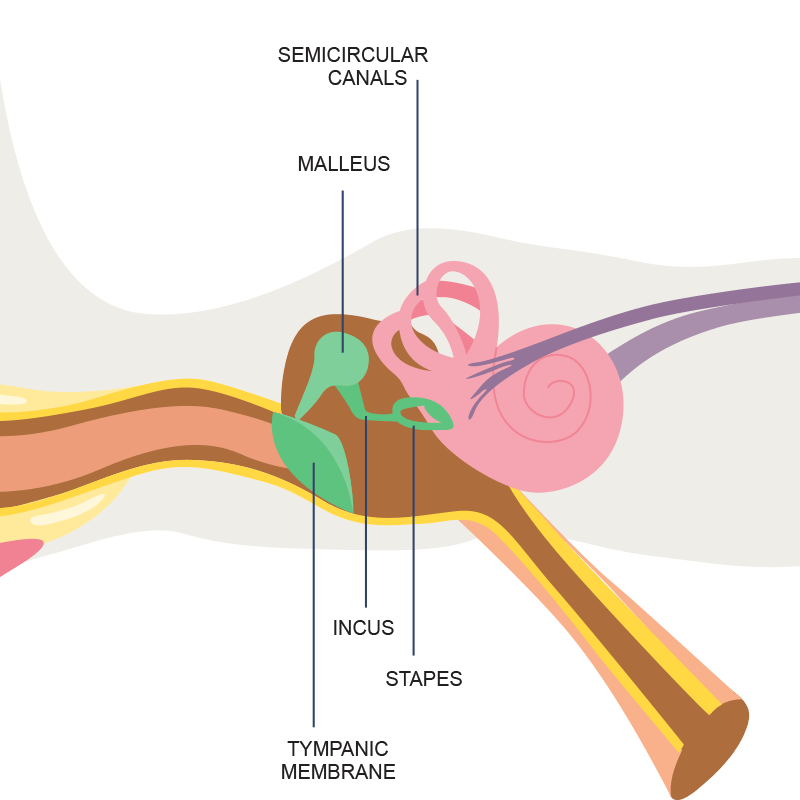
The Middle Ear and Hearing: Amplifies What You Hear
The vibration of the eardrum moves three small bones (called ossicles) in the middle ear. These bones are commonly known as the malleus (or hammer), incus (or anvil), and stapes (or stirrup). These bones amplify the vibration and transfer the sound waves to the cochlea in the inner ear, preparing them to become signals to the brain, so that we can make sense of what we are hearing.
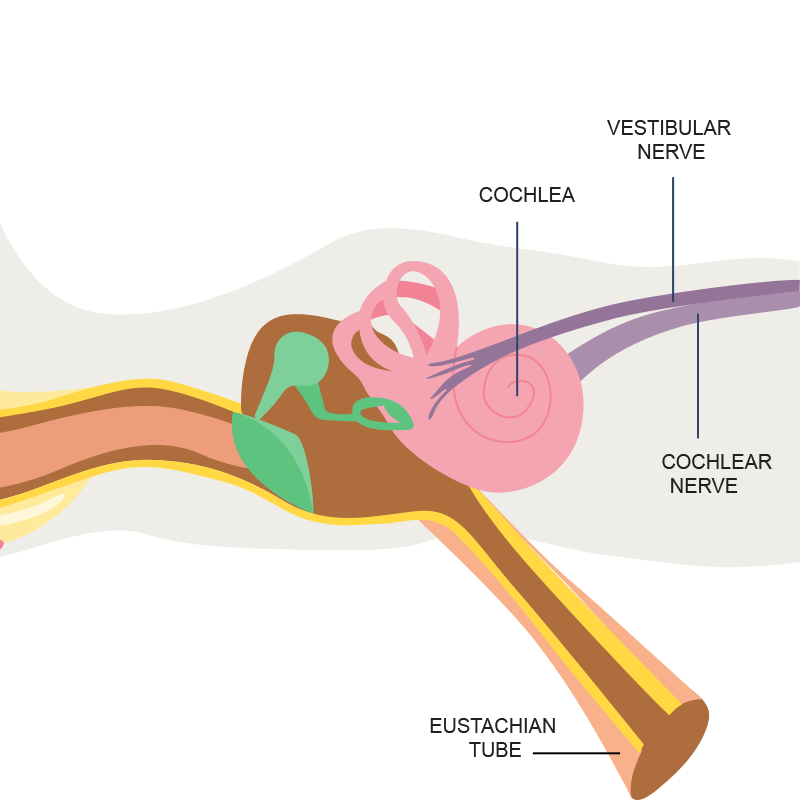
The Inner Ear and Hearing: Turns What You Hear Into Signals
The cochlea is a small snail-shaped channel through the temporal bone and is composed of three cochlear channels that are filled with fluid. When the vibration amplified from the ossicles reach the cochlea, it is absorbed in the fluid channels like waves in a pond. The middle channel of the cochlea contains the organ of Corti and sensory hair cells. The movement of the fluid starts a chain reaction that causes the ciliar to bend. It is the bending of the hair cells that sends electrical impulses to the eighth nerve which carries the signal to the brain, playing a key role in allowing us to hear.
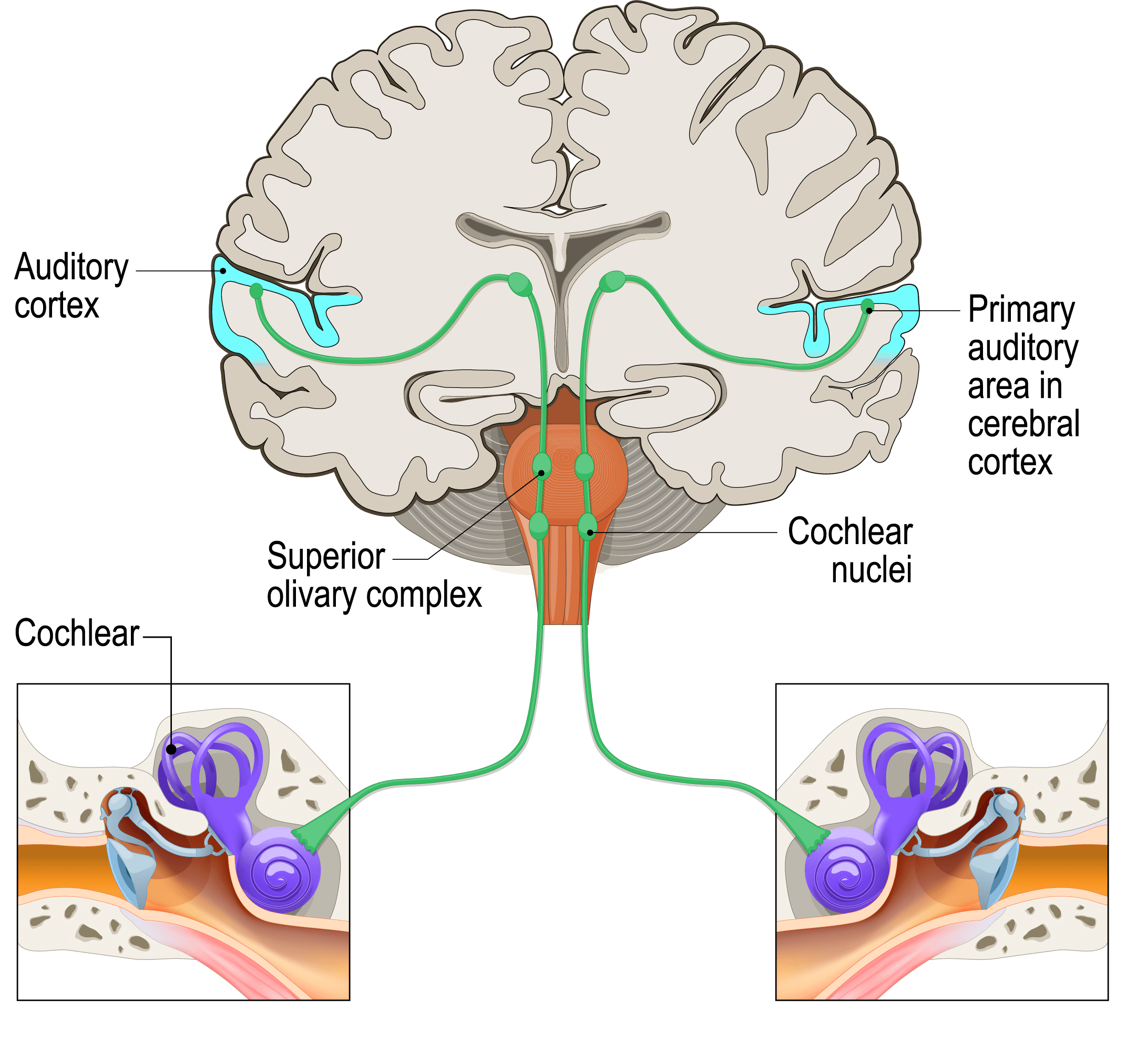
The Brain: Translates What You Hear Into Meaning
The signal from the inner ear reaches the auditory cortex in the brain, which interprets the neural impulses into meaningful sounds. The way we interpret these sounds is based on what we know and understand, according to our experiences in life. When we make meaning from these sounds, we define this as hearing.
